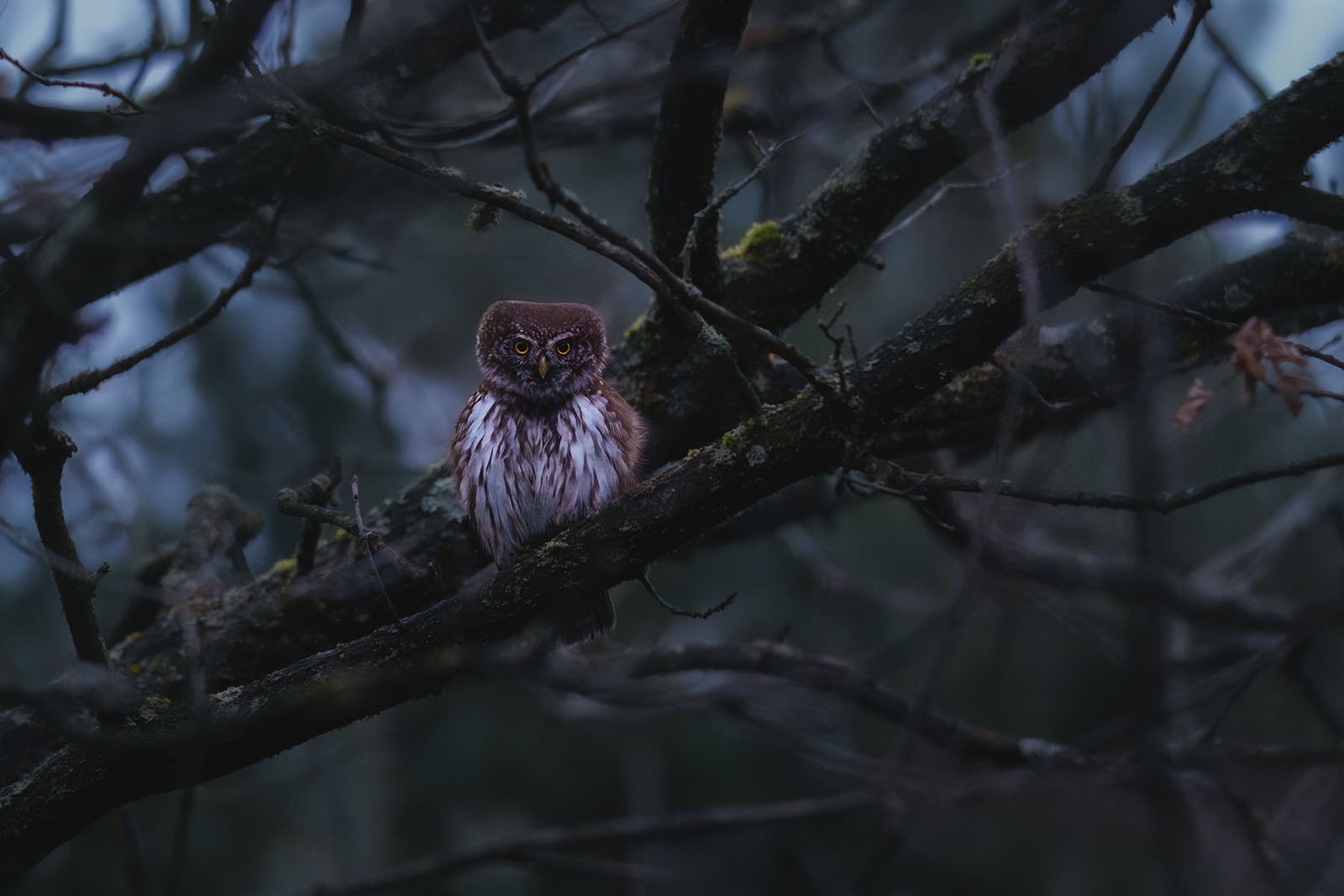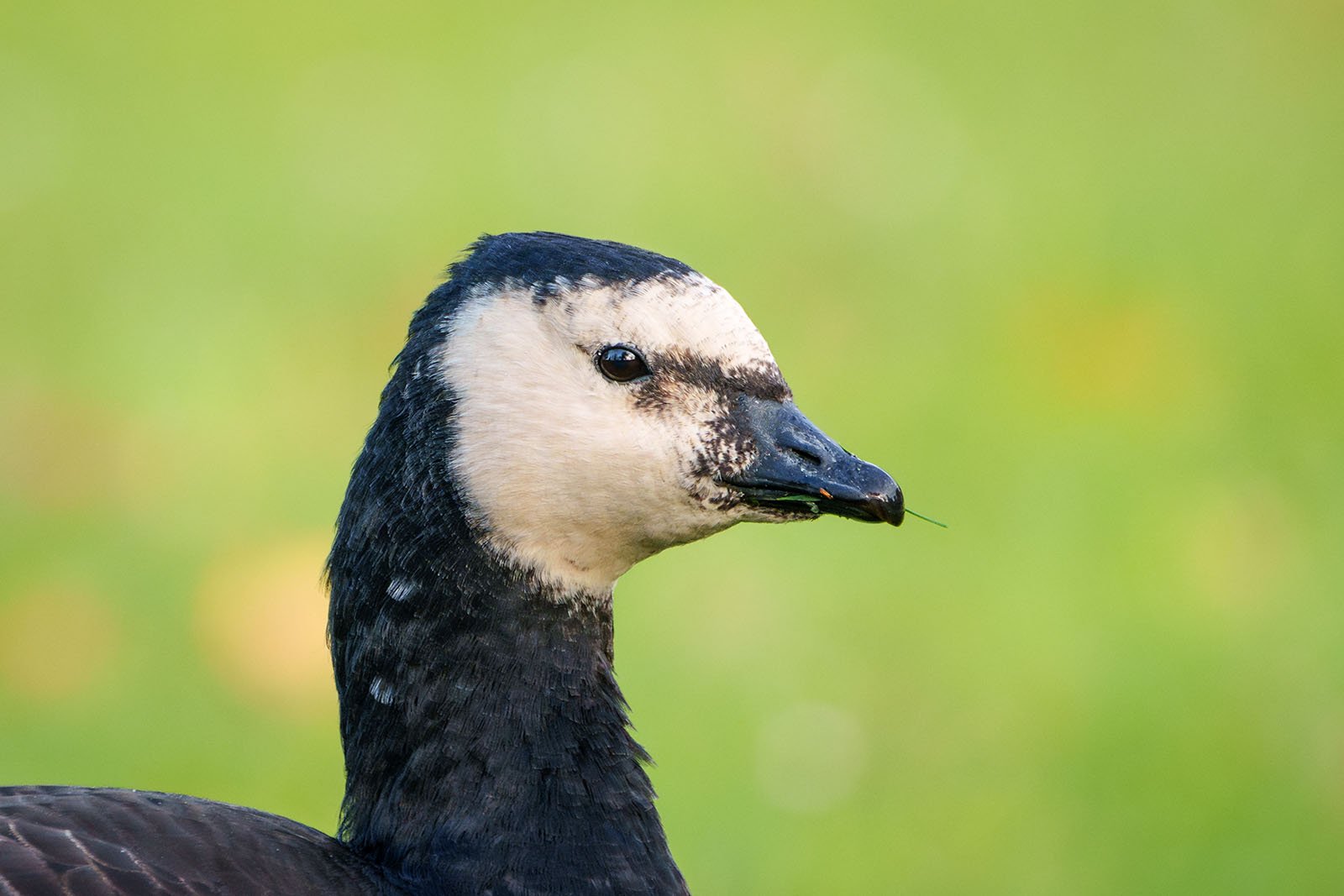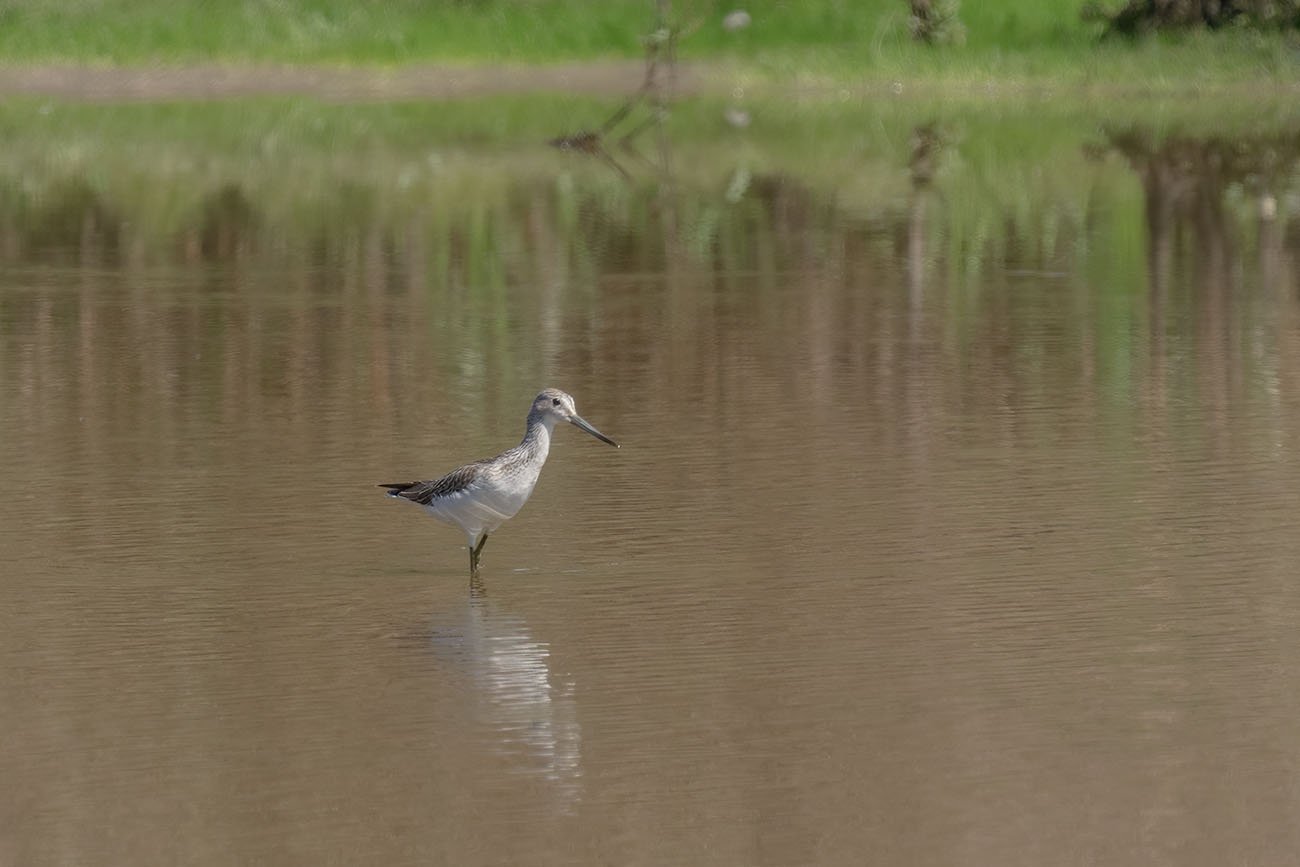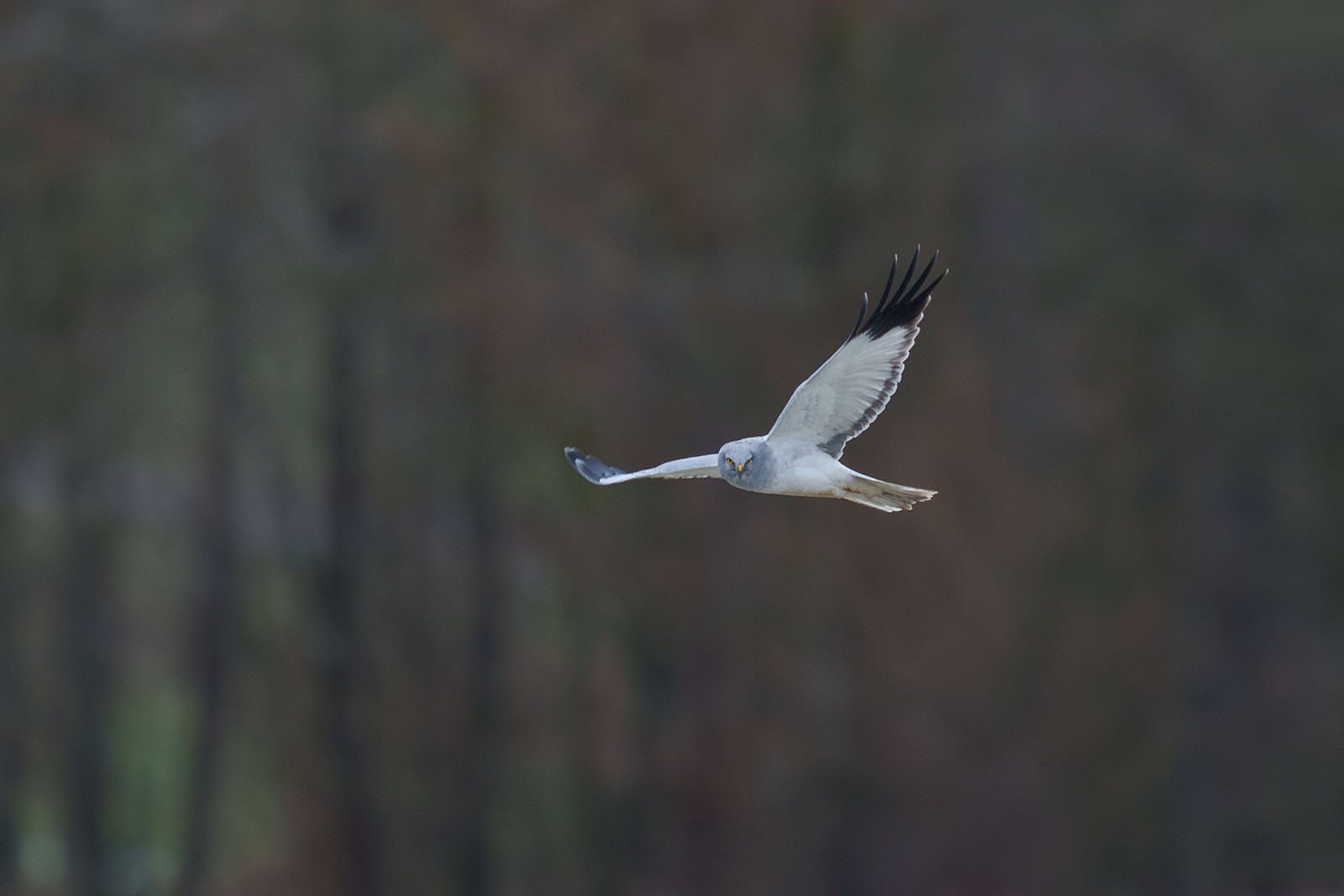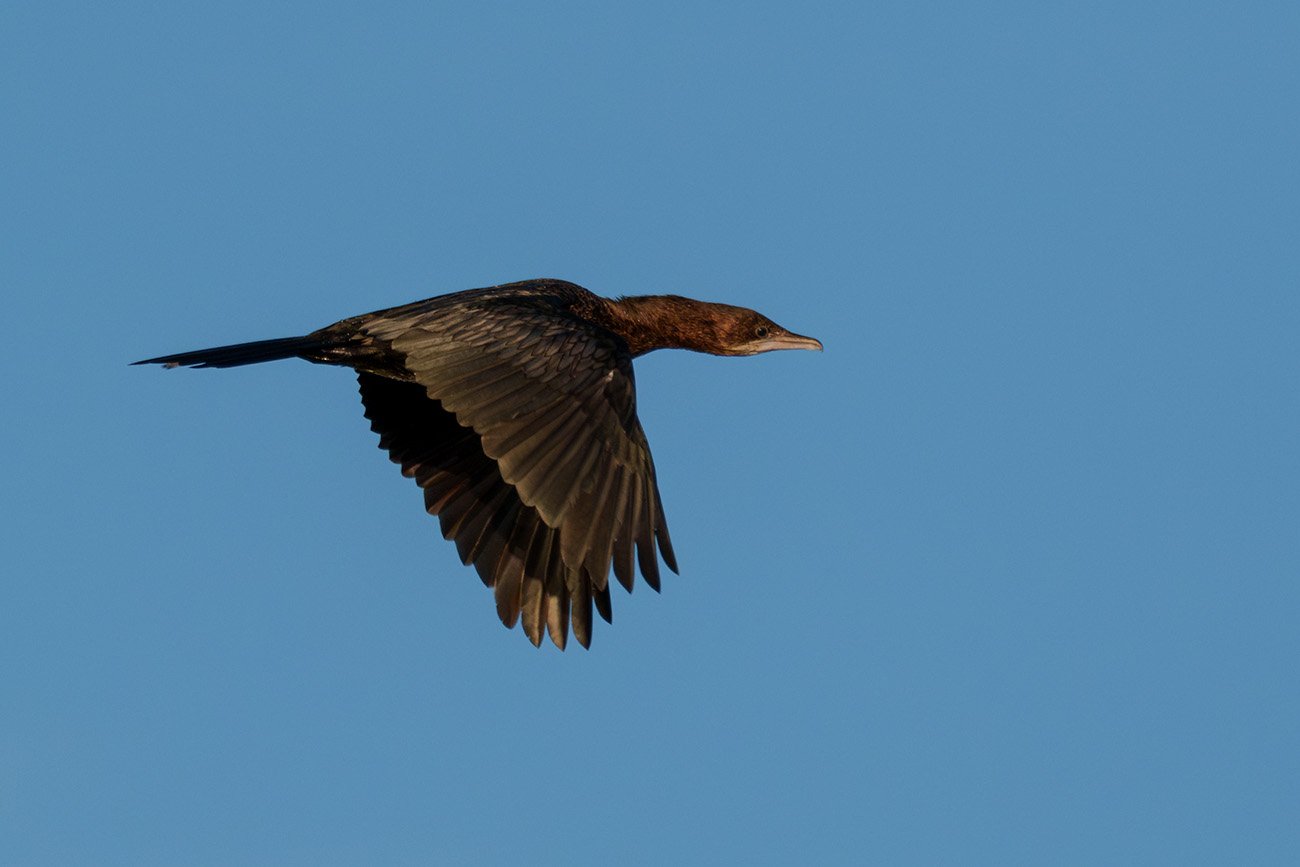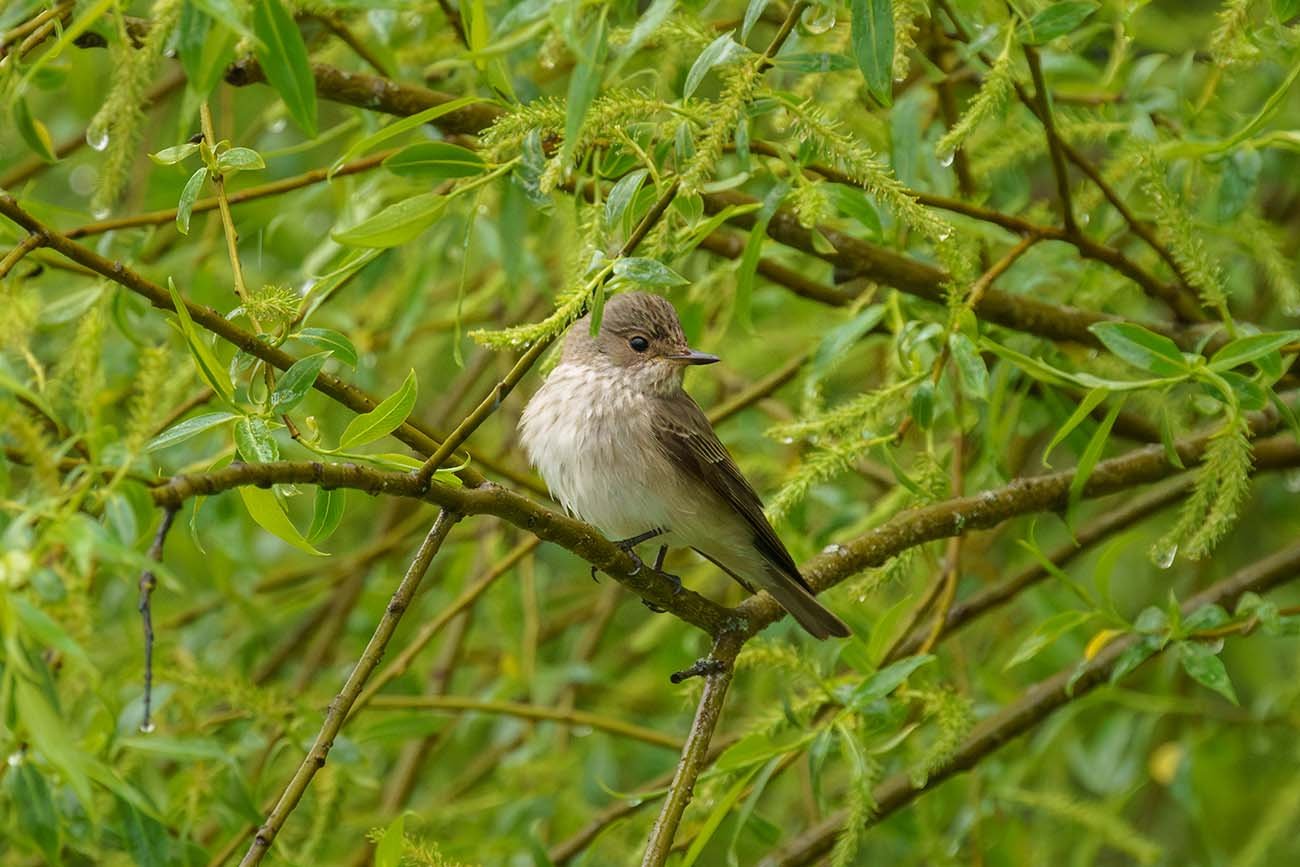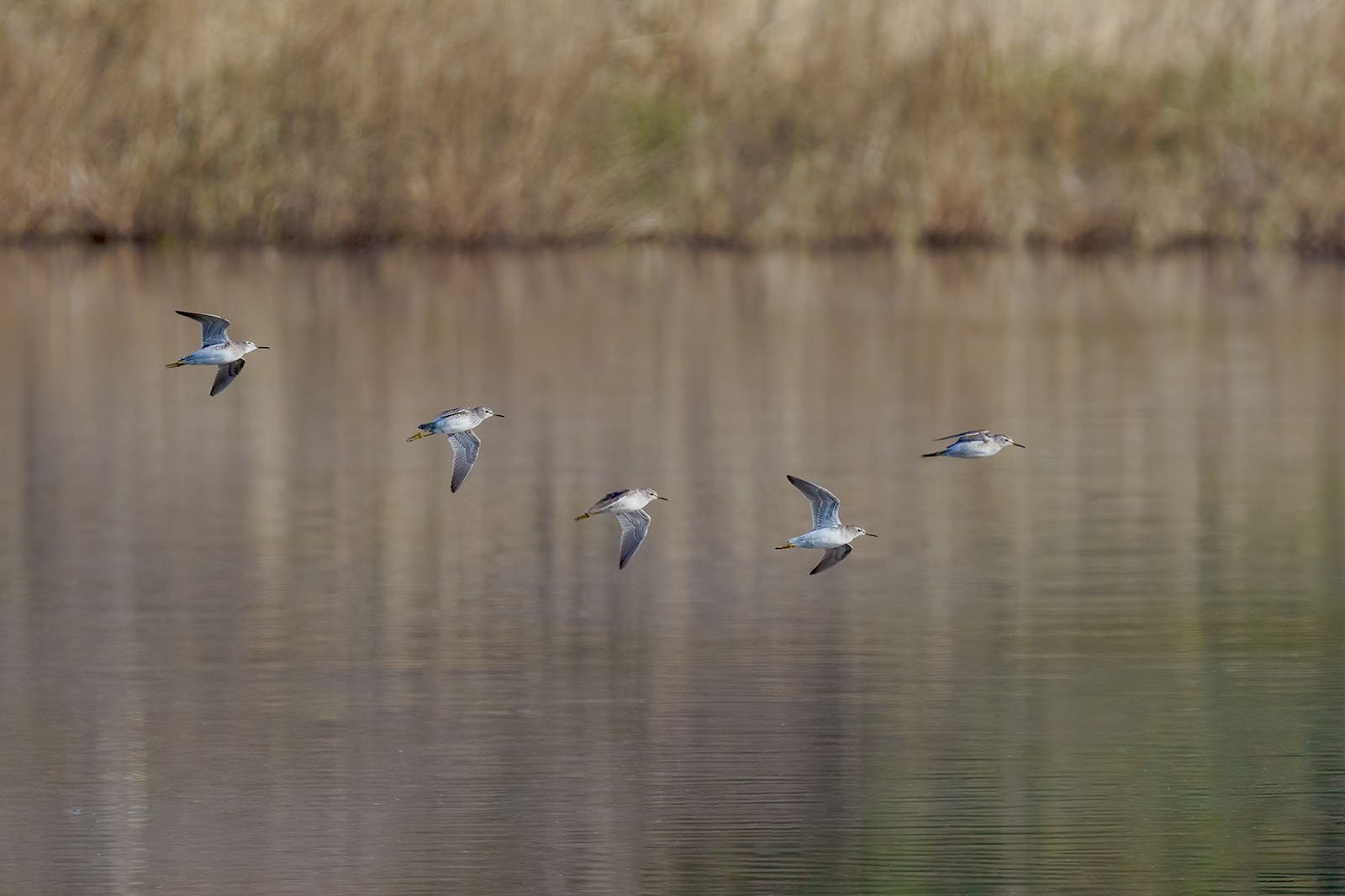Purple heron (Ardea purpurea)
Purple heron (Ardea purpurea)
The Purple Heron (Ardea purpurea) – Elegant Hunter in the Reeds
Table of Contents
- Basic Facts about the Purple Heron
- Introduction: A Bird of Wetlands
- Appearance and Unique Features
- Breeding: Caring for Young in Reed Beds
- Diet: Skilled Hunter in Shallow Waters
- FAQ about the Purple Heron
- Shortlist – Key Characteristics of the Purple Heron
Basic Facts about the Purple Heron
- Size: 27–35 inches (70–90 cm)
- Characteristics: Slim body, long neck, reddish-brown feathers, and dark beak
- Habitat: Mostly in reed beds and wetlands in southern Europe and Africa
- Breeding: Both parents care for the young; nests are hidden in tall reeds
- Diet: Mainly fish, but also amphibians and reptiles; occasionally water insects and small mammals
Introduction: A Bird of Wetlands
The purple heron is an impressive wading bird that lives mostly in quiet wetlands surrounded by reeds. With its long, thin neck and reddish-brown feathers, it blends into the reeds and moves slowly and carefully through the tall plants. Wetlands give this heron both safety from predators and plenty of food. In Europe, it nests mainly in southern areas where it can raise its young in the peace of reed beds by lakes and rivers.
Appearance and Unique Features
Purple heron in flight
The purple heron is a slim, graceful bird with a striking reddish-brown color that makes it stand out from other heron species. Its soft feathers have warm brown tones with dark and red shading, giving it a unique look. Young purple herons have more muted, clay-colored feathers, helping them blend into their surroundings.
Its long, dagger-like beak connects smoothly to the head, making it perfect for grabbing prey. The heron’s snake-like neck is very flexible, which helps it move carefully through tall vegetation. Its bright yellow eyes give it an alert, focused look.
Breeding: Caring for Young in Reed Beds
Purple herons build their nests in dense reed beds, which offer both safety and natural camouflage. The nests are made from loose plant materials and are well hidden. Both parents take turns feeding the young. When the sun is intense, they spread their wings over the chicks to provide shade and protect them from overheating. The tall reeds keep the young herons safe and undisturbed during this vulnerable stage.
Diet: Skilled Hunter in Shallow Waters
The purple heron is a quiet, patient hunter that waits in shallow water for the right moment to strike. Hidden among the plants, it quickly catches prey with a sudden jab of its beak. Fish are its main food, but it also eats frogs, newts, and small reptiles. Occasionally, it also feeds on water insects and even small mammals. This wide-ranging diet makes it a successful predator in wetland habitats.
FAQ about the Purple Heron
1. Where can you usually see the purple heron?
Purple herons are mostly found in reed beds and wetlands in southern Europe and Africa, where they stay hidden.
2. How is the purple heron’s plumage different from other herons?
Its feathers are a distinctive reddish-brown, which sets it apart from the gray or white colors of other heron species.
3. What animals does the purple heron eat?
Its main food is fish, but it also eats frogs, newts, small reptiles, and sometimes water insects and small mammals.
4. How do purple herons protect their young from heat?
In hot sun, the parents spread their wings over the chicks to provide shade and prevent overheating.
5. How do purple herons care for their young?
Both parents care for the young and build simple nests that are well hidden in reeds, making it hard for predators to find them.
Shortlist – Key Characteristics of the Purple Heron
- Size: 27–35 inches, with a slim and elegant body
- Plumage Color: Reddish-brown, blending well in wetlands
- Beak: Long and dagger-shaped, dark in color
- Neck: Long, thin, and snake-like
- Habitat: Dense reed beds and wetlands, found in southern Europe and Africa
With its elegant build, unique plumage, and special adaptations for its environment, the purple heron is a fascinating resident of wetland areas.



